Humans have always harbored fantasies of visiting other planets.
Fortunately for the majority of us, Earth has some incredibly breathtaking locations to explore that will make you feel as though you've just stepped foot on another planet. You don't need a spacecraft or millions of money to have an extraterrestrial experience; all you need is a passport and a plane ticket.Mendenhall Ice Caves, Alaska
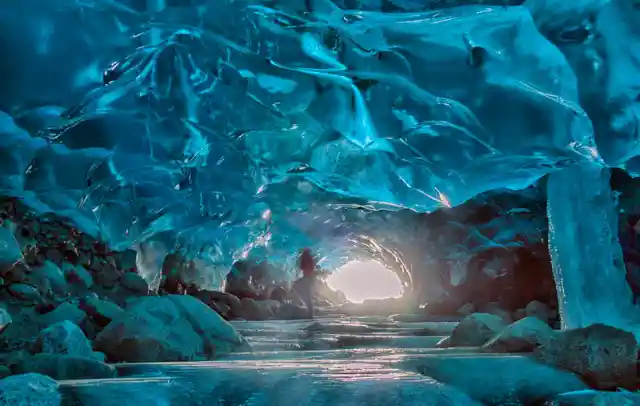
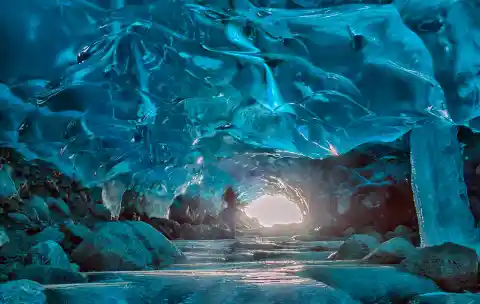
Because Juneau is surrounded by impassable mountains, glaciers, and ice fields, notably the 13-mile-long Mendenhall Glacier, it is not accessible by road. Depending on the weather, ice caves can form where the glacier meets the edge of Mendenhall Lake at its base. Visitors to these cave tours are treated to a surreal, blue-lit environment with glacier ice arching overhead and earthy gravel beneath them.
Grand Prismatic Spring, Yellowstone National Park, USA
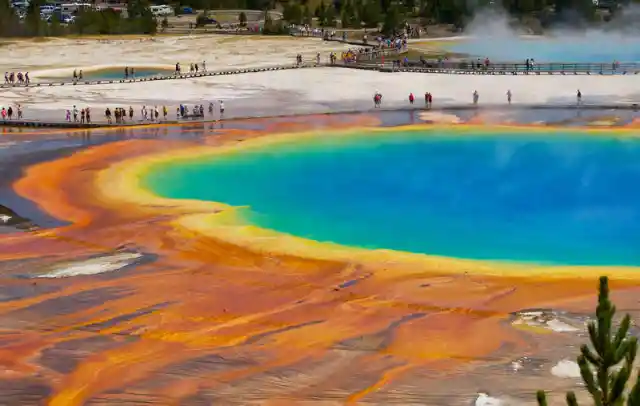
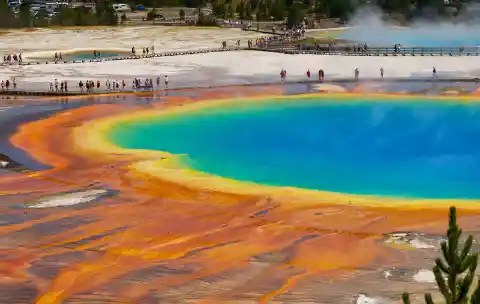
The Grand Prismatic Spring is Yellowstone National Park's most popular thermal attraction. It is understandable why this stunning spring is so well-liked by tourists and photographers alike. The ring of vibrant hues measures 200 to 300 feet (60 to 90 meters) in circumference and 121 feet (36 m) deep. Thermophiles, microscopic organisms that thrive in hot conditions, are likewise attracted to the spring's extreme heat. The most resilient thermophiles are colorless or yellow, while orange, brown, and green thermophiles inhabit the less-heated waters that surround the spring's edge.
Uyuni Salt Flats, Bolivia
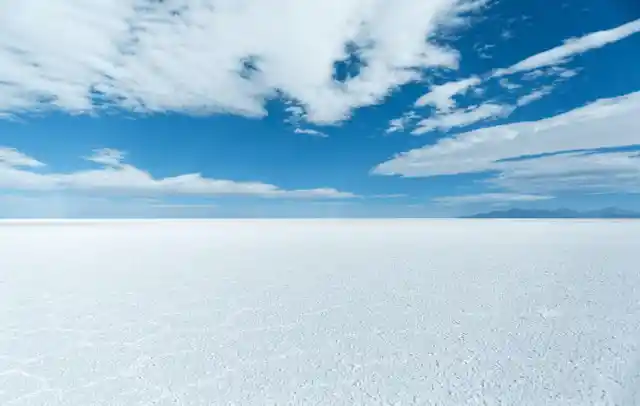
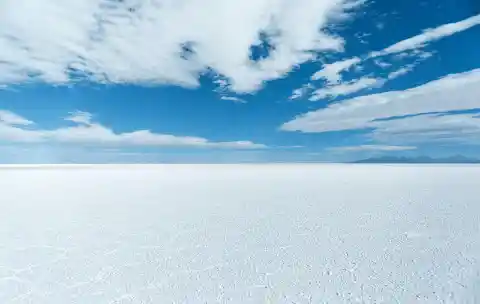
It feels a little bit like entering another planet when you visit Bolivia's desolate Uyuni salt flats, the largest in the world. As far as the eye can see, a vast, white area of salt stretches out in every direction. But if you're fortunate, you might see a pink flamingo in the otherwise desolate setting. You can start day trips or multi-day excursions to the salt flats from the adjacent town of Uyuni, which is conveniently situated 11,995 feet above sea level. Alternatively, you can leave from the town of Tupiza, which is located further south.
White Sands National Park, New Mexico
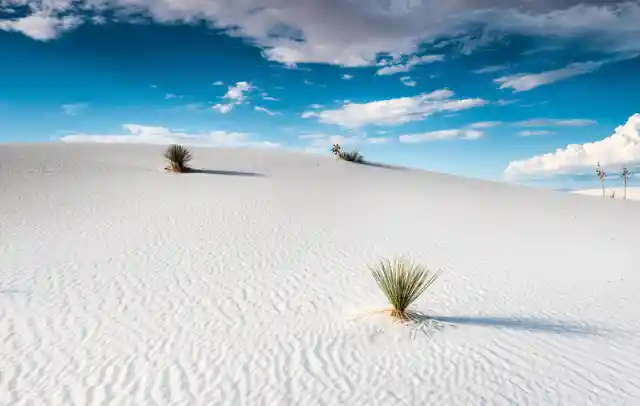
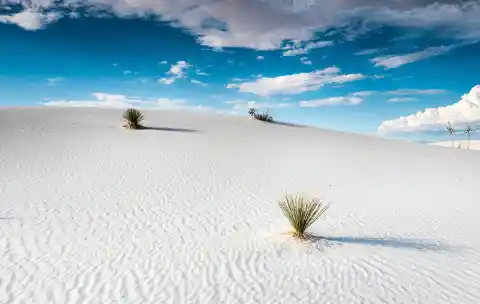
The stark white sand dunes of this national park shift and change shape frequently in the winds that blow over the Northern Chihuahuan Desert of New Mexico because they are not well-anchored by vegetation. The dunes, which can grow to a height of 60 feet, have an unique tint because they are primarily composed of gypsum powder. They are a component of the largest gypsum dune area in the world, which is made up of the remains of an ancient lake that vanished following the last Ice Age. Fossilized tracks left by dire wolves, mammoths, camels, saber-toothed cats, and giant sloths have been discovered in this national park, adding to its surreal allure.
Lake Hillier, Australia
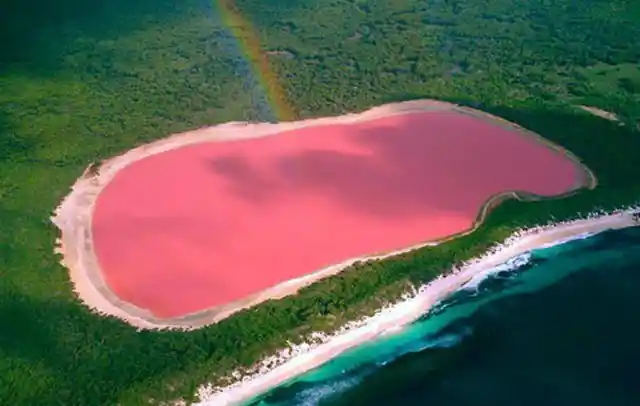
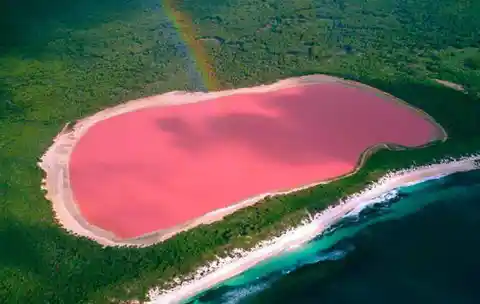
Lake Hillier, located on Middle Island, Western Australia, definitely looks like it belongs on another planet. Amazingly, the dark blue Indian Ocean, the lush green forest, and the pink lake all stand in dramatic contrast to one another. Exactly how the lake acquires its rose pink color is a mystery to scientists. Dunaliella salina, a type of lake microalgae that makes the red pigment carotenoids, is the most likely candidate. But the bacteria that live in salt crusts and are halophilic (or "salt-loving") could possibly be involved. An interaction between sodium bicarbonate and salt has also been theorized as a potential cause of the lake's changing hue.
Danakil Depression, Ethiopia
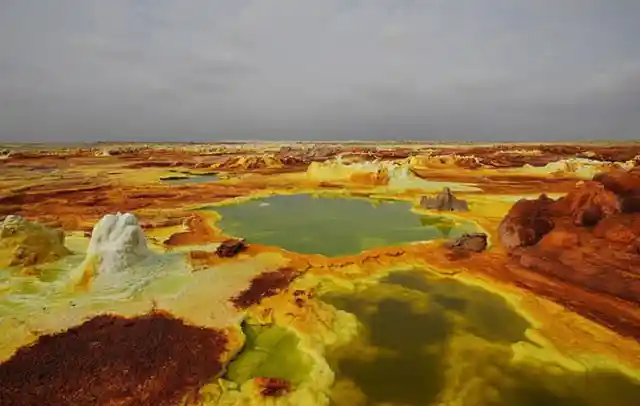
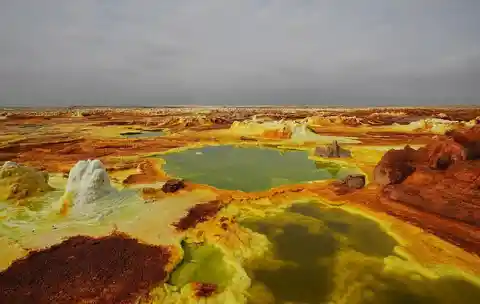
One of the most hostile and strange places on Earth is Ethiopia's Danakil Depression. The Danakil Depression, sometimes known as the "gateway to hell," is perhaps the closest thing you'll ever get to standing on Venus. Chlorine and sulphuric acid fumes choke the atmosphere, while acid ponds and geysers dot the terrain. One of the hottest spots on Earth, this region often experiences temperatures of 113 degrees Fahrenheit (45 degrees Celsius). In a rift valley, the Danakil Depression is located more than 330 feet (100 meters) below sea level. When tectonic plates separate along a "divergent plate boundary," rift valleys are created. As Earth is being torn apart at the seams, the underlying volcanic activity shapes the landscape.
Wadi Rum, Jordan
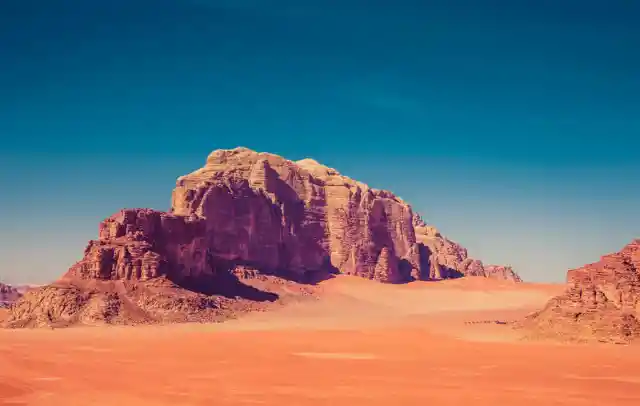
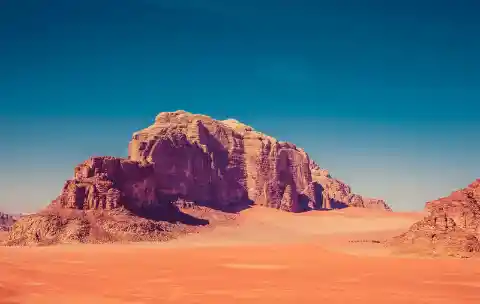
Wadi Rum, also known as the Valley of the Moon, is a rocky red valley that has been used as a location for a number of films, particularly science fiction films that require to depict scenes on Mars. Examples include Red Planet, Prometheus, The Martian, and even a few Star Wars films. The dry valley is carved out of sandstone and granite rock and is situated in southern Jordan. Wadi Rum is home to the Zalabia Bedouin, who have turned it into an ecotourism destination where people can go hiking, camping, camel or horseback riding, and rock climbing.
Fly Geyser, Black Rock Desert, Nevada
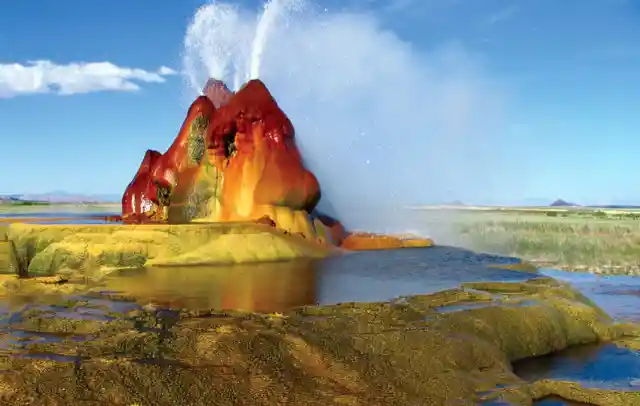
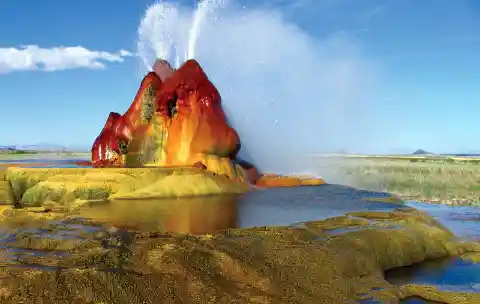
In the Black Rock Desert of Nevada, the Fly Geyser is unlike anything you've ever seen. The Fly Geyser, an unique multi-colored edifice, was created totally by accident: a failed well drilling project resulted in minerals forming the cones and pools you see today. Algal development is the cause of the eerie green and red tones. The area where Fly Geyser is located was purchased by Burning Man Project in 2016 and made available to the public for guided nature walks by the Friends of Black Rock-High Rock. Those who are interested in visiting can reserve a tour.
The Eye of the Sahara, Ouadane, Mauritania
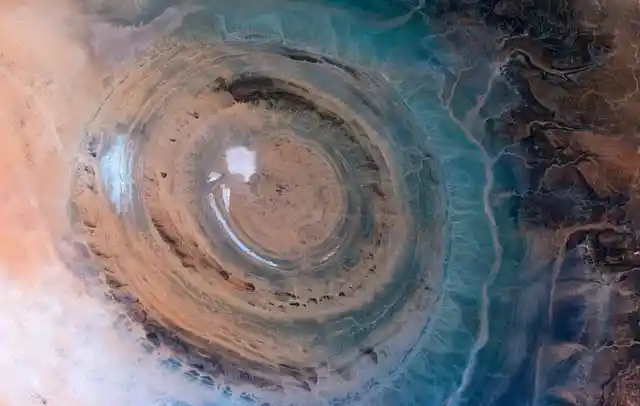
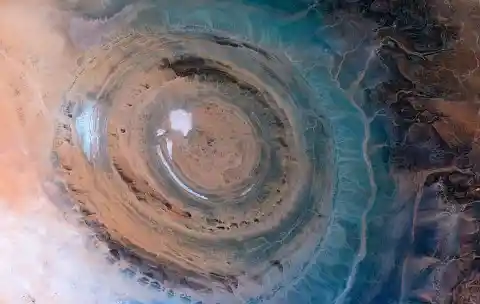
The Eye of the Sahara, also known as the Richat Structure, is a 40 km wide circular geological oddity that resembles both an evil Lord of the Rings-style eye and a message from space. The amazing formation, which can only be seen from space, is comprised of naked rock and sand, but it is mostly unknown how it formed or how it got to be so circular. We are betting on aliens. Unquestionably aliens.
Highlands, Iceland
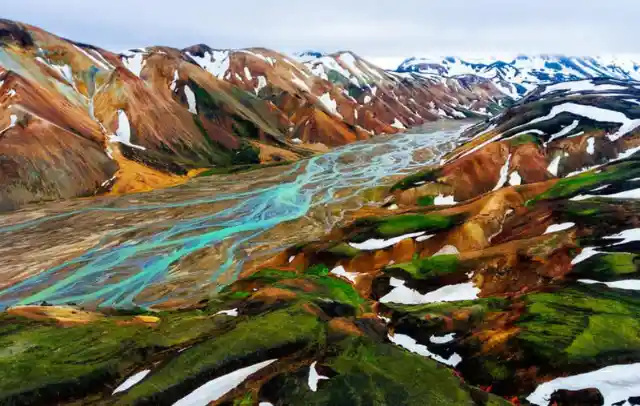
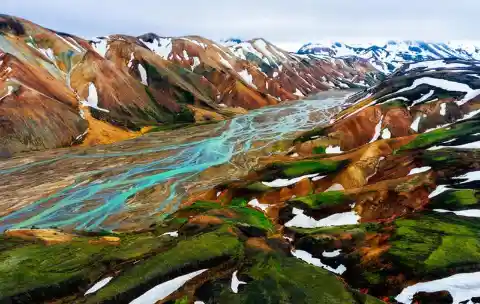
A visit to Iceland's Highlands region is an unusual experience, and the black and green volcanic scenery of the Lakagigar craters is a prime example. An eruption in the 18th century caused a sequence of spectacular geological landforms. Some portions of the pristine countryside mimic images of Mars, and scientists use the Highlands region as a trial ground to better comprehend Mars' topography for landing missions.